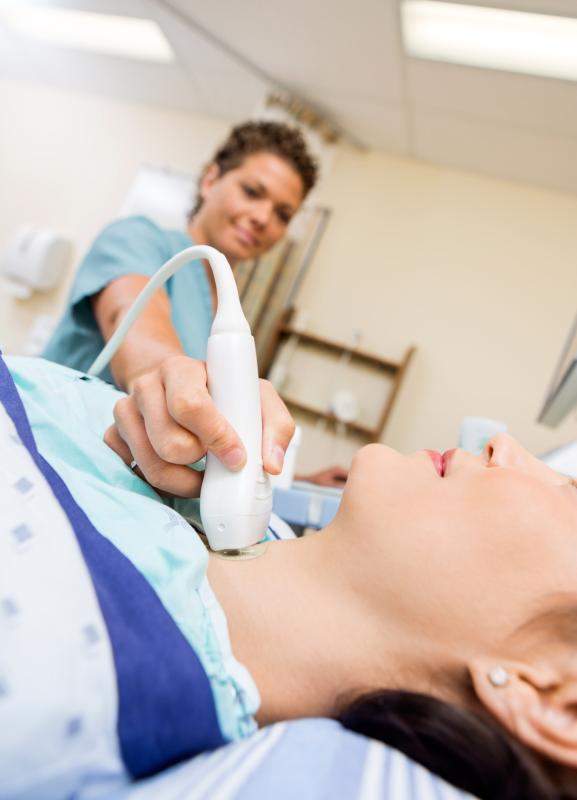
A wireless, handheld sonographic device is adequate for musculoskeletal use, providing sufficient accuracy and performance, according to a recent study.
“A sure limit of this device might be the more time needed to perform the examination than with a high-end sonographic machine,” said researchers. “On the contrary, a notable advantage is the handling and the lower cost than any other sonographic machine.”
Twenty-one patients (mean age, 50±21 years; 11 females) underwent sonographic measurement of different tendon districts: supraspinatus, flexor of the middle finger, patellar and Achilles. Both the handheld device and a high-end machine were used and results were compared. The mean body mass index of the sample was 24.9±3.5 kg/m2.
Using two-tailed t-tests, researchers found that thickness measurements for the supraspinatus tendon were statistically comparable when collected using the handheld and high-end sonographic machines (1.42±0.14 vs 1.36±0.14 mm; p=0.31). The same was true for the thickness of the flexor tendon (3.44±0.31 vs 3.47±0.31 mm; p=0.63). [Sci Rep 2019;9:14599]
The two devices continued to be statistically similar in terms of thickness measurements of the proximal (handheld vs high-end: 3.54±0.7 vs 3.58±0.5 mm; p=0.76), mid (3.07±0.7 vs 3.09±0.6 mm; p=0.88) and distal (3.65±0.9 vs 3.48±0.7 mm; p=0.38) patellar tendons.
Measurements obtained for the proximal (2.68±0.7 vs 2.82±0.5 mm; p=0.34), mid (3.83±0.7 vs 3.77±0.6 mm; p=0.74) and distal (3.80±0.6 vs 3.78±0.5 mm; p=0.84) Achilles tendons were also comparable between the hand-held and high-end sonographic devices, as was the cross-sectional area of the median nerve (0.0792±0.02 vs 0.0794±0.02 cm2; p=0.97).
Pearson’s correlation index revealed moderate agreement between the two devices at the supraspinatus tendon (r, 0.43), flexor tendon (r, 0.62) and median nerve (r, 0.75). The same trend was found for the patellar and Achilles tendons at the proximal (r, 0.71 and 0.61), mid (r, 0.77 and 0.53) and distal (r, 0.56 and 0.75) sites.
“The current period is the era of digitized and miniaturized technology and this palmar tool well meets this requirement,” according to the researchers, highlighting its small size, light weight and lack of cables. “To our knowledge, this is the first study that demonstrates the suitability for the musculoskeletal use of a handheld sonographic machine with wireless system.”
One area where the handheld sonographic device lags behind its high-end counterpart is operation time. The mean and maximum times required to acquire all sonographic parameters were 18.5 and 25 minutes, and 9.5 and 15 minutes, respectively.
“[T]his was due in part to the speed and stability problems the company network had,” slowing down the wireless connection process, the researchers noted.
Overall, the handheld device presents a viable alternative option for physicians, helping to streamline their work. “Thanks to the presence of more than one battery whose life is of a few hours and rechargeable in just over an hour, any work session may continue without significant interruption,” said the researchers. “The possibility to wirelessly upload the images to an electronic archival system allows to better investigate the images at a later stage, thus facilitating the work.s
“The low cost and the handling of this portable sonographic machine might increase interest among the clinicians in acquiring specific and technical competence in this field,” they added. “[H]aving diagnostic imaging competence may be decisive, as never before, to drive the correct therapeutic decision; therefore, this tool might become useful as a stethoscope for the clinicians.”